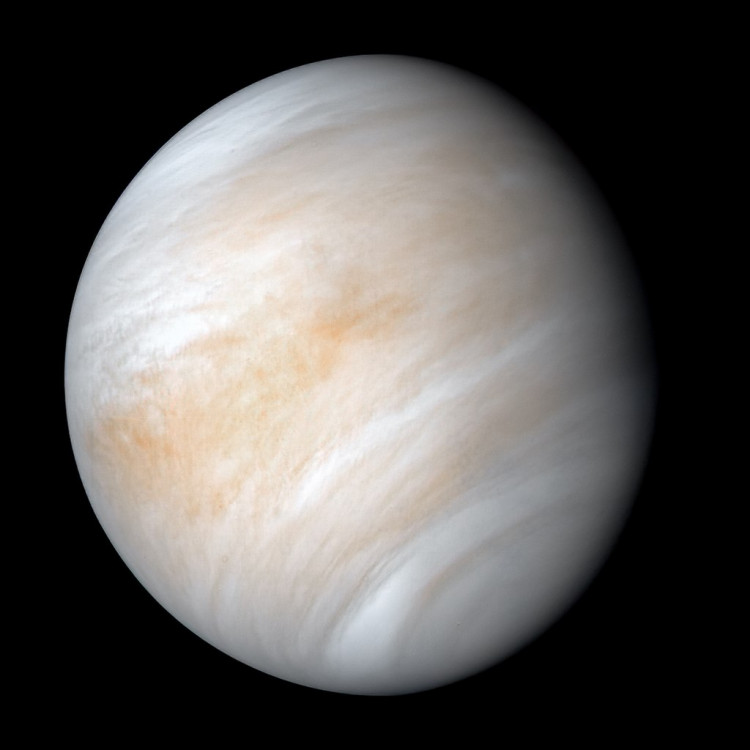A substance you've probably never heard of has exploded into the headlines, due to the declaration by scientists that they found phosphine in the clouds of Venus, which they believe could be a sign of life.
Phosphine is a chemical compound consisting of one phosphorus atom and three hydrogen atoms, which was also observed on Earth, Jupiter, and Saturn by scientists. It's very common in the atmospheres on the gas giants, all of which are abundant with hydrogen. It's much shorter-lived on Earth, where the atmosphere leans more towards oxygen compounds, and the same can be said about Venus.
"It's so obscure," said Sara Seager, co-author on the new research,. "No one cares about [phosphine] except for a few very niche people."
That is less accurate for Jupiter and Saturn because, for decades now, scientists have been investigating phosphine in their clouds. The latest research could not be the compound's first discovery at Venus, either. In the 1980s, Vega observations from the Soviet Union detected a phosphorus-containing chemical in the local clouds, but their instruments were not sufficiently advanced to allow a reliable diagnosis.
The compound has been interesting on Earth, but it's hard to study in laboratories, so scientists have continued to concentrate their energies elsewhere. It's processed industrially, but maybe not for the most inspiring purposes.
Phosphine is used to kill rats. It's something that humans use to destroy things - microbes aren't necessarily destroyed by it, although bigger organisms are.
Researchers have also discovered phosphine near communities of specific micro-organisms, although they have not scrutinized closely how this happens. While the researchers on the new discovery say the compound is being created on Earth by microbes, Tetyana Milojevic, a biochemist not participating in the current study at the University of Vienna, said in an interview that we don't have any solid proof of that. Or it may actually be a result of chemically decaying microbial matter.
Phosphine is the indication of biomass decay, the loss of biological matter. This would not apply during certain micro-organisms' biological behavior, not because of their enzymatic behavior but because of actual chemical restrictions. It also tends to develop where iron-rich compounds with limited quantities of phosphorus encounter acidic conditions- a possible scenario in the clouds of Venus.
Luckily, some holes in knowing phosphine itself need not require a trip all the way to Venus. Carrying out those missing laboratory tests would tell scientists whether and how phosphine is created here on Earth by microbes, taking them a little closer to what it could mean on Venus.





